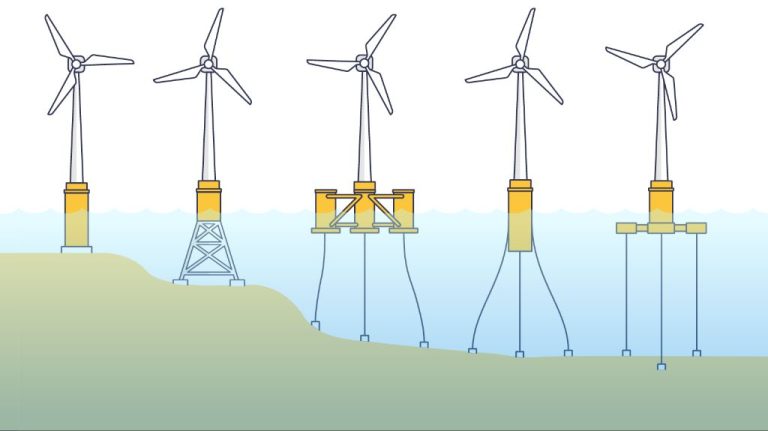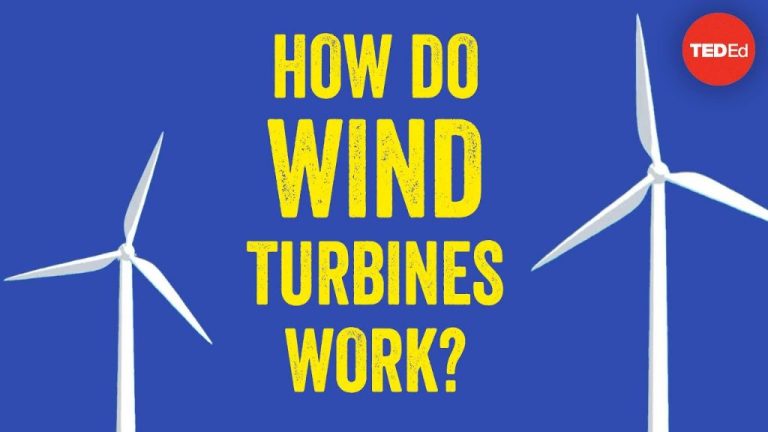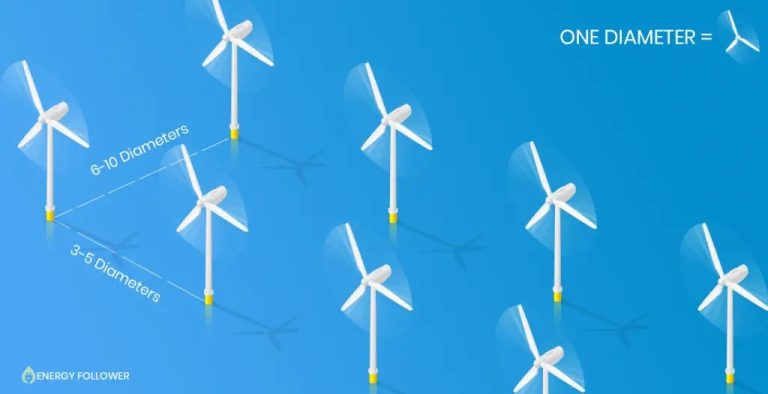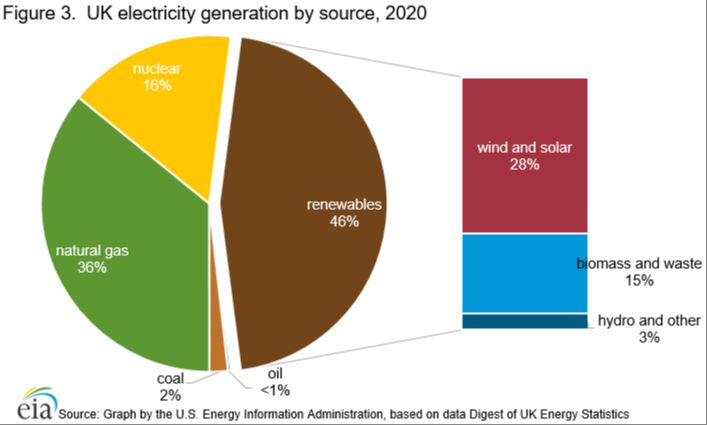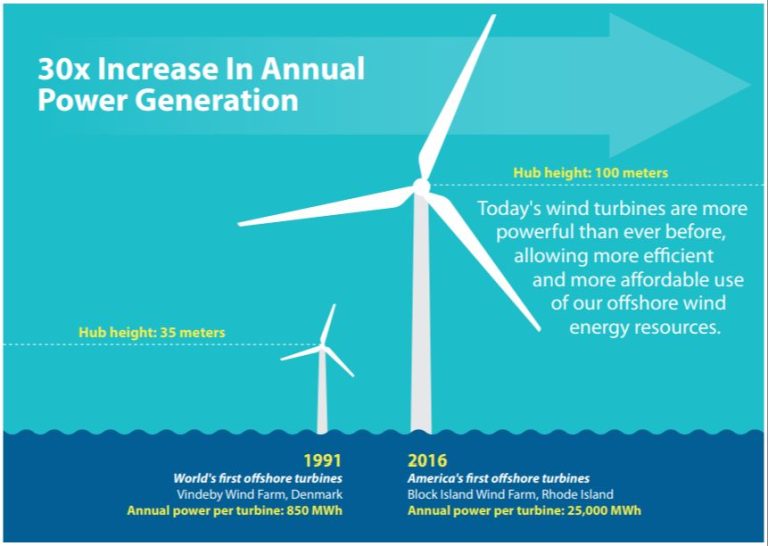Why Wind Is The Fastest Growing Energy Source?
Why Wind Power is the Fastest Growing Energy Source
In recent years, wind energy has emerged as one of the world’s fastest growing energy sources. Wind power is expanding at a breakneck pace as countries around the globe tap into this renewable resource.
But why has wind energy seen such tremendous growth compared to other energy sources like solar, natural gas, and coal? There are several key factors driving wind power’s meteoric rise.
Cost Declines
The cost of wind power has dropped dramatically in recent years, making wind an increasingly competitive energy source. Back in the 1980s, wind power purchase agreements often exceeded $150 per megawatt-hour (MWh). By the early 2000s, that figure fell to around $70/MWh. Today it’s even lower, averaging around $20/MWh for recently built projects.
This 70% cost reduction over the last 10-20 years has been driven by economies of scale in manufacturing and turbine design improvements. Larger and more efficient wind turbines have helped drive down costs. In the 1980s, an average utility-scale turbine was around 50-100 kilowatts (kW). By the 2010s, average turbine sizes were well over 2 megawatts (MW). Bigger turbines harvest more wind energy from a given area of land. Component standardization and increased reliability have also reduced operations and maintenance costs for wind projects.
Supportive Policies
Governments around the world have implemented renewable energy targets and incentives that are driving growth in wind power. Many countries have set ambitious goals for renewable energy to make up 20%, 30% or even 50% or more of their electricity mix by 2030 or 2050. Wind is expected to provide a major portion of the new renewable generation needed to meet these targets.
Some examples of strong policy support for wind:
– The European Union aims for 32% renewable energy by 2030 under its Renewable Energy Directive. Wind power already supplies 15% of EU electricity.
– China’s renewable portfolio standard mandates over 35% non-fossil energy and targets 210 GW of wind capacity by 2020 as part of its Paris Agreement commitments.
– India has set a goal of 175 GW renewable energy capacity by 2022, including 60 GW of wind. Wind power auctions are driving rapid growth.
– In the United States, state renewable portfolio standards have been major policy drivers. Tax incentives have also boosted wind power growth.
Technological Improvements
Advances in wind turbine technology have been a major driver of the growth in wind power. Modern wind turbines are significantly larger, more efficient, and more reliable than previous generations of wind turbines. The average generating capacity of newly installed wind turbines in the United States increased from 1.4 megawatts (MW) in 2000 to 2.6 MW in 2021. This growth in size improves efficiency and reduces overall costs.
Larger rotor diameters capture more wind energy. Taller towers enable access to stronger and more consistent winds. Improvements in blade design, gearboxes, generators and power electronics also boost efficiency. Overall, the capacity factor for wind power generation has increased from around 30% in 2000 to over 40% today. This means that wind turbines now convert a higher percentage of wind into electricity.
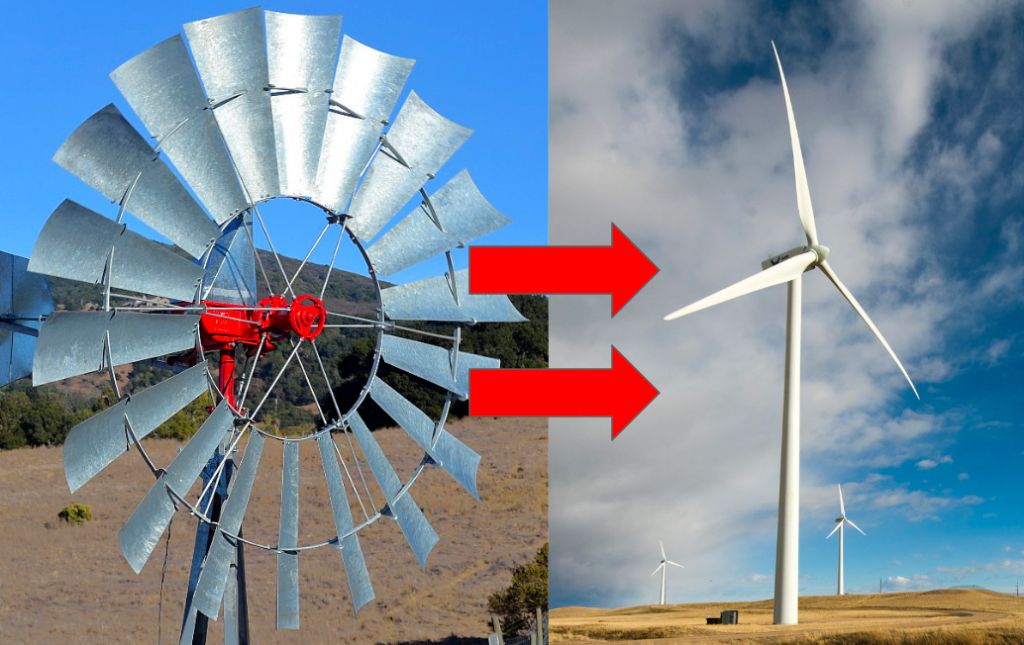
Operations and maintenance practices for wind turbines have also improved significantly. Advanced remote monitoring, diagnostic tools, and predictive maintenance enable turbine downtime and failures to be minimized. There are lower operation and maintenance costs over the lifetime of a wind project compared to earlier generations of wind farms. Overall, technological improvements have enabled wind energy to become more productive, reliable and cost-effective.
Expanded Transmission
Wind energy has become more viable due to significant investment in transmission lines that can bring renewable power from remote areas to population hubs. The development of long-distance, high-voltage, direct-current power lines enable the transmission of electricity over hundreds or even thousands of miles with minimal losses. This allows wind farms to be built in optimal locations with the strongest and most consistent wind resources, often located far from cities.
For example, the Plains & Eastern Clean Line is a 700 mile transmission project currently under development. It will move 4,000 MW of wind power from the Oklahoma and Texas panhandles to the southeastern U.S. Other major projects like the Rock Island Clean Line and Grain Belt Express will also enable greater deployment of wind energy by giving access to new markets.
Overall, expanding and upgrading the grid’s transmission capacity will be key to scaling up renewable energy nationwide and taking full advantage of high-quality wind resources regardless of location. This infrastructure investment supports the long-term growth of wind power across the country.
Corporate Procurement
Major companies signing large renewable energy deals is a key driver of wind power growth. As corporations set ambitious sustainability goals to reduce their carbon footprints, they are investing heavily in renewable energy through power purchase agreements and direct investment in wind farms.
In 2019 alone, over 13.6 gigawatts of renewable contracts were signed by corporations, with wind making up a significant portion. Tech giants like Amazon, Apple, Facebook, Google and Microsoft have pledged to operate on 100% renewable energy and are investing billions into wind and solar projects to meet these goals.
Beyond tech, firms across industries like AT&T, Walmart, IKEA, Budweiser and more have also made substantial renewable energy commitments. As sustainability becomes increasingly important for corporate branding and ethics, these types of clean energy investments are likely to continue accelerating wind energy growth.
Competitive Bidding
Many countries are now acquiring wind power through competitive auctions, which allow project developers to bid on contracts. In these auctions, the lowest bidder wins and is awarded a long-term contract to sell electricity at the price they bid. This transition to competitive wind energy auctions has helped drive down prices.
With multiple developers bidding against one another, it creates an efficient market where lower prices are reached through competition. Analysis shows that the cost of wind energy drops by an average of 10-20% in markets that switch from feed-in tariffs to auctions. Countries like Brazil, Canada, Germany, India, and South Africa have all adopted competitive auctions for wind projects, leading to substantially lower prices.
Investor Interest
Wind energy is increasingly seen as a stable, long-term investment option by major financial institutions and investors. The predictable, low-cost nature of wind power makes it an attractive asset class. Investors are able to secure stable returns over the lifespan of wind farms, which is typically 20-25 years. This contrasts favorably compared to the volatility of fossil fuel prices that impact returns on coal, gas and oil-fired power plants.
There are also various financing mechanisms that are supporting the rapid growth of wind power. Tax equity financing allows developers to monetize federal tax credits associated with wind projects. Major banks have stepped up with large green bond issuances to finance renewable energy projects. Institutional investors like pension funds are allocating more capital to wind energy assets. These trends are providing wind farm developers with ample access to low-cost financing options.
Environmental Benefits
Wind power offers significant environmental advantages as a zero emissions energy source. Unlike coal, natural gas, and oil, wind turbines don’t emit greenhouse gases or other air pollutants. This makes wind energy an effective way to combat climate change and reduce health impacts associated with air pollution from fossil fuels.
According to the U.S. Environmental Protection Agency, the air pollution from coal and natural gas power plants leads to heart, lung and respiratory diseases. Replacing fossil fuel plants with clean wind power is estimated to reduce premature mortality and economic losses associated with air pollution. Wind energy also doesn’t require water for cooling like thermal power plants, conserving this precious resource.
The development of wind farms can have local environmental impacts, such as on wildlife. However, proper siting, technology improvements, and mitigation measures can minimize these effects. Overall, the environmental benefits of wind energy far outweigh the costs when compared to conventional power generation from fossil fuels. As a source of carbon-free, low-impact renewable power, wind energy is vital for creating a sustainable energy future.
Conclusion
In summary, wind energy has experienced tremendous growth over the past decade due to a combination of favorable market factors. The cost of wind power has declined dramatically, making it competitive with conventional energy sources. Government incentives and mandates supporting renewable energy have also boosted wind farm construction. Technological improvements in turbine design have increased efficiency and scaled up unit sizes. Upgraded transmission infrastructure now connects remote windy locations to population centers. Major corporations have eagerly signed long-term agreements to purchase wind power. Competitive bidding for new projects has further reduced pricing. And interest from institutional investors has brought new sources of capital into the wind sector.
Looking ahead, most forecasts anticipate wind will be the fastest growing renewable energy source globally through at least 2030. Key drivers will continue to be cost reductions, technological advances, decarbonization policies, and increased electrification of transportation and other sectors. If supportive policies remain in place, some projections estimate wind could provide over 20% of U.S. electricity by 2030 and 35% by 2050. However, continued growth is not guaranteed absent consistent policy support and fair market access. But the fundamental advantages of wind power in terms of costs, scalability, and environmental benefits make this renewable energy source well-positioned to play a major role in the global transition toward a more sustainable energy future.

